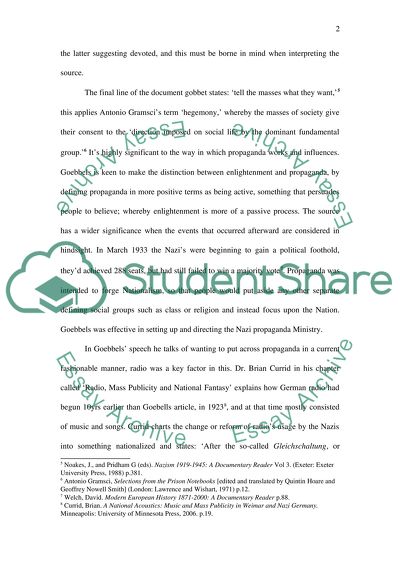Cite this document
(“An evaluation of two primary sources in Nazi Germany Essay”, n.d.)
Retrieved from https://studentshare.org/environmental-studies/1405606-an-evaluation-of-two-primary-sources-in-nazi
Retrieved from https://studentshare.org/environmental-studies/1405606-an-evaluation-of-two-primary-sources-in-nazi
(An Evaluation of Two Primary Sources in Nazi Germany Essay)
https://studentshare.org/environmental-studies/1405606-an-evaluation-of-two-primary-sources-in-nazi.
https://studentshare.org/environmental-studies/1405606-an-evaluation-of-two-primary-sources-in-nazi.
“An Evaluation of Two Primary Sources in Nazi Germany Essay”, n.d. https://studentshare.org/environmental-studies/1405606-an-evaluation-of-two-primary-sources-in-nazi.


